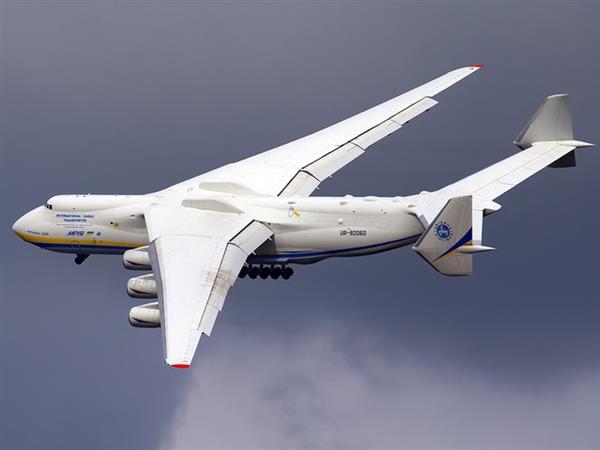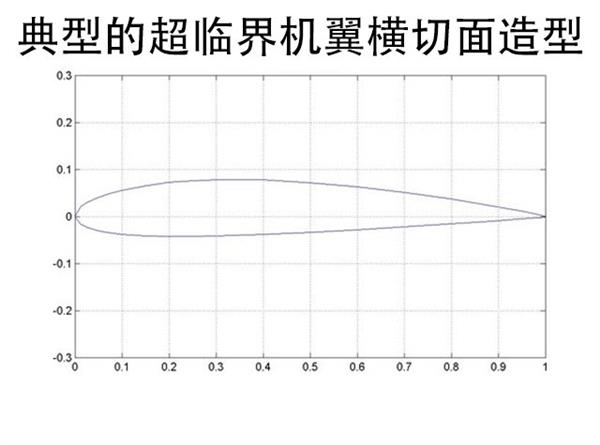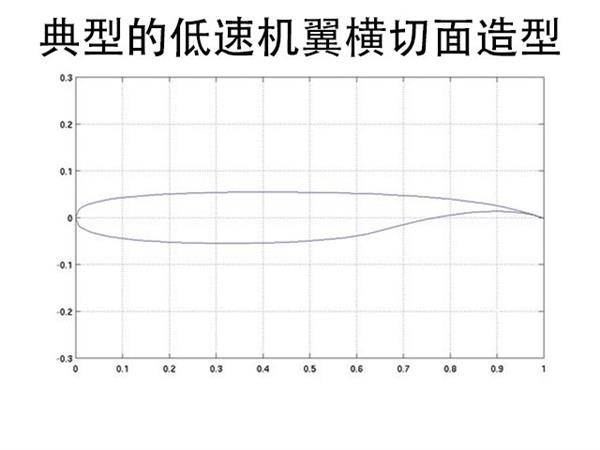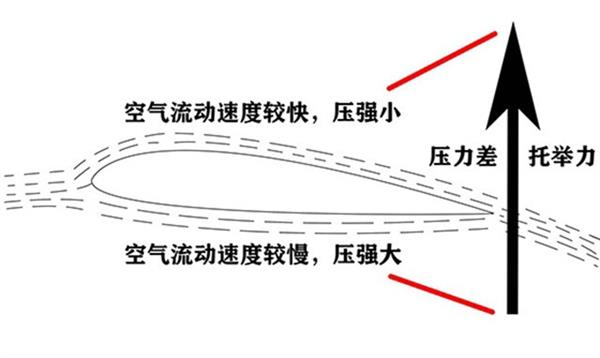The most prominent part of the aircraft's appearance is the wing. The role of the wing is to provide the aircraft with lift, control of horizontal flip, oil storage and suspension of the engine. But friends who often fly by airplane will notice that there are many special designs on the wings of the aircraft. Although they can be seen every time, they do not necessarily know the roles and names of these parts. This article is to answer questions for everyone. The next time you fly, you can have a certain understanding of the parts you see. You can blow up with the next sister.
Here, we mainly provide science popularization for civil aviation passenger aircraft wing structure and design principles. If you want to see various design formulas, essence of design principles, knowledge points, and other in-depth concrete content, please buy air power yourself. Learn and design airplanes, or register for airplanes.

â— Why is the wing not a thin one?
We have all played paper planes. Paper planes are thin wings. So why aren't airliner wings thin? First of all, the wing of a paper airplane cannot produce lift. It merely guarantees that the paper airplane is gliding forward. It is the same as a paraglider. The wing of the fighter plane is very thin, but it is not a thin one. It is only thin relative to the passenger plane. This is because fighter jets fly several times faster than the speed of sound, so the design principles covered are not the same as those of civil aviation passenger airplanes. We do not discuss it. The flight speed of a civil airliner is subsonic, which is close to the speed of sound, so we can see that the wings of the aircraft are all of the shapes we see:

Plane wing cross-section modeling

Plane wing cross-section modeling
Our daily common civil aviation passenger aircraft, including some common commercial passenger aircraft, is almost all of these two shapes. Why are the wings of an aircraft designed to have this shape and thickness? The main purpose is to cut the air flow into two upper and lower parts when the wing is flying in the air, and to make the two parts produce differences. Then we use a chart to give you a simple demonstration of how the wing generates lift:

Lifting principle diagram
This principle mainly uses the pressure difference, not the original force or turtle qigong. The shape of the upper and lower wing surfaces is asymmetric. The air moves along the upper surface of the wing longer and the natural flow rate is faster. According to Bernoulli’s theorem, the faster the speed, the lower the air pressure, and the pressure difference between the upper and lower surfaces provides lifting force. . At low speeds, the lift principle of the aircraft derives from Bernoulli's law, but as the speed (Mach number) increases, the law no longer fits, so the wing design of the fighter is not like this.
In addition, an important reason for not designing a thin piece is solidity. Because the wings of aircraft, especially civil aviation passenger planes and transport aircraft, have to bear very large flying weight, the structure of the wing will be very complicated. A thin piece cannot be passed on security.
â— Civil aviation passenger plane is basically a single-wing aircraft
The wing of the aircraft is divided into three types: an upper single wing mounted on the upper part (back) of the fuselage, a middle single wing installed in the middle of the fuselage, and a lower single wing mounted on the lower part of the fuselage (abdomen) according to the installation position. We continue to discuss the scope of civil aviation. At present, we can see that the wings of large-scale transport aircraft are mostly single-winged, and the wings of passenger aircraft are mostly single-winged.

Civil aviation passenger aircraft mostly use the lower wing design

Most aircraft use upper wing design
Under the monoplane, because the wing is very close to the ground, it is more convenient to install the landing gear and carry out maintenance work. In addition, there is a problem with the lower monoplane aircraft, which is that the engine is very close to the ground, so it is easier to inhale foreign objects and cause engine damage. However, for civil aviation passenger planes, the conditions for civil airports taking off are very good, so there is no need to worry about foreign matter. However, the large-scale transport aircraft is different, especially military ones, and the conditions for normal take-off are rather harsh. For example, the airport at the battle front is a dirt road and there is no advanced runway. Therefore, the design of the upper single wing is adopted so that the distance between the engines is higher and it also plays a protective role.
Of course, this is not a fixed one. The passenger aircraft has also been designed with a single wing and the transport aircraft has also been designed with a lower single wing.